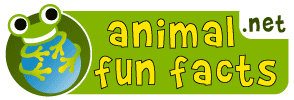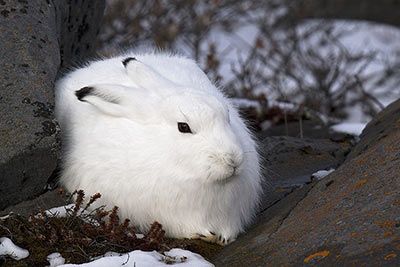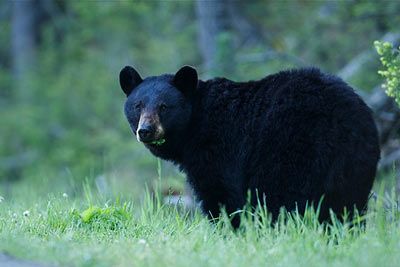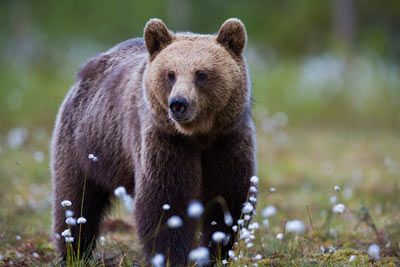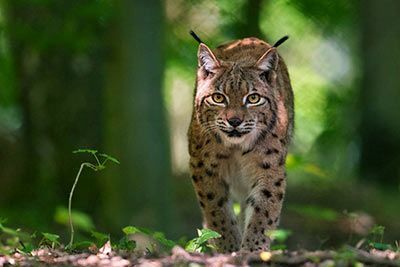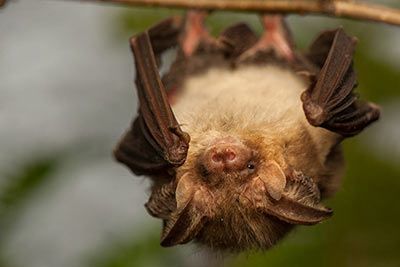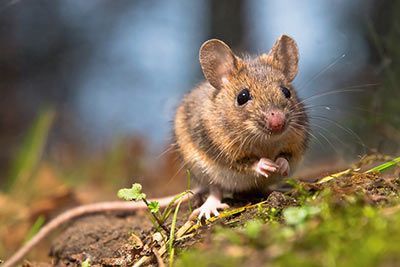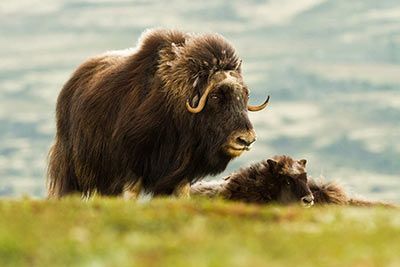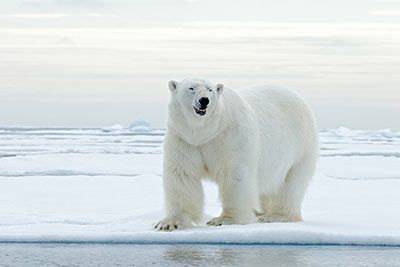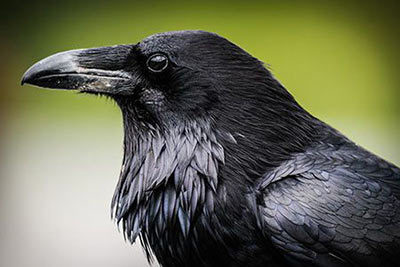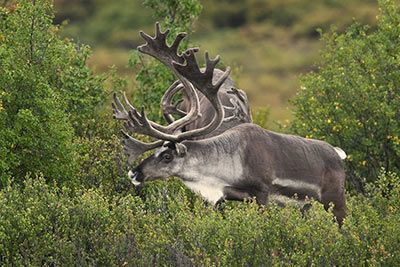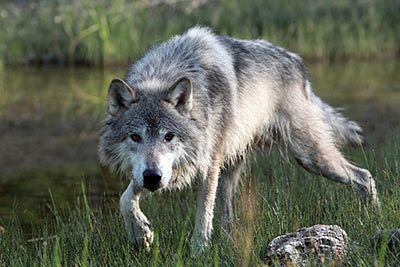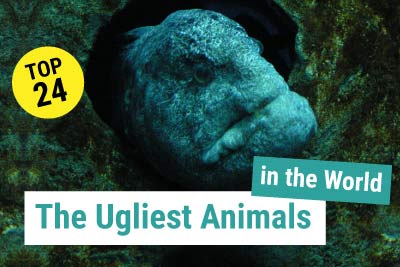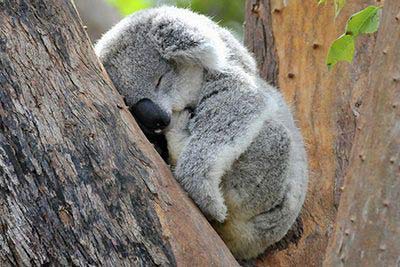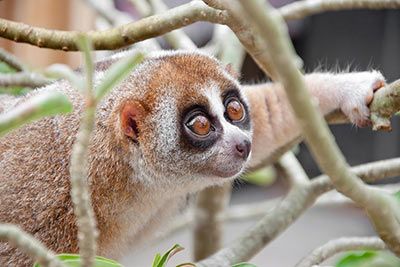Animals of the Tundra
Discover all there is to know about the tundra habitat and its diverse animal species!
The tundra is a treeless landscape. Trees can’t grow because the ground is frozen all year round, and the roots would freeze.
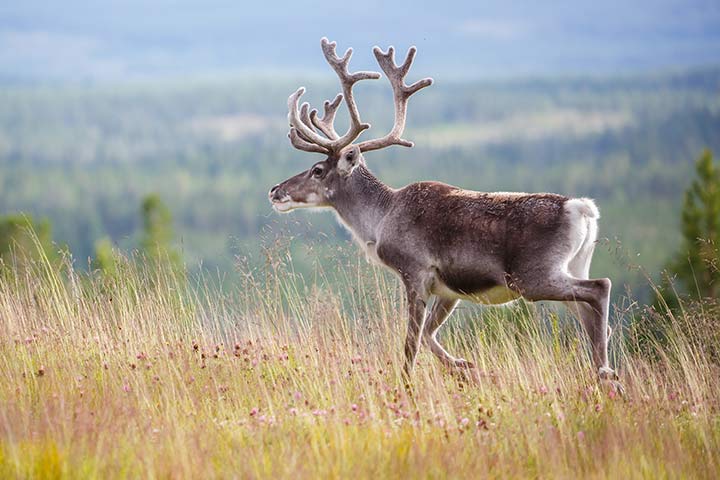
Tundra Habitat Factsheet
- Ecozone: Polar zone
- Location: Arctic, Antarctica, high in the mountains
- Size: 4% of land surface
- Average temperature: -18 to 0 degrees Celsius
- Average precipitation: 125-500 mm
- Precipitation: Low
- Humidity: Very low
- Vegetation period: 30-90 days
- Characteristics: Very cold, little species diversity, no trees, few plants
What Animals Live in the Tundra?
The few mammals in the tundra include bears, foxes, wolves, rabbits and reindeer. Typical birds are ducks, geese, owls and birds of prey such as falcons, eagles and goshawks.

Characteristics of the Tundra
Summer
The top layer of soil in the tundra only thaws during the few months of summer, allowing plants to grow, e.g. moss, lichen, grasses, heather and dwarf shrubs.
Winter
Winter lasts eight to eleven months, and is very cold and very dark. Strong wind often blows at 50 to 100 km/h.
Types of Tundras
There are various tundras, e.g. the lichen tundra with its dry, sandy soil, the moss tundra with its moist ground and the grassy tundra with its many different grasses. Tundras also differ depending on their geography: there are Arctic tundras (northern hemisphere), Alpine tundras (mountains) and Antarctic tundras (southern hemisphere).
Location
The tundra begins where the ice sheets and cold deserts end. At the southern edge, they give way to the “boreal zone” with its forest tundras and coniferous forests.
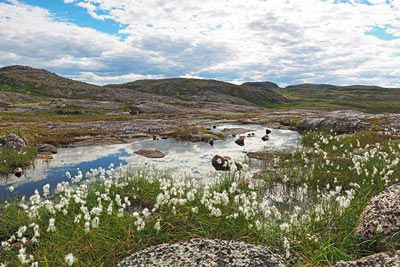
Importance for the Ecosystem
Why Do We Need Tundras?
The tundra doesn’t seem to be very useful, as this barren landscape has permafrost that makes growth impossible for all but a few plants. But this is exactly what makes it so important for the balance of nature.
What Is Endangering the Tundra?
Due to climate change, the frozen ground is thawing. The meltwater flows away, taking soil with it - meaning plants have less soil to grow in. Large lakes are also forming, reducing land mass. The most important thing? The thawed plant remnants in the soil come into contact with oxygen, and decay. This creates the gasses methane and carbon dioxide, causing even more climate change.
